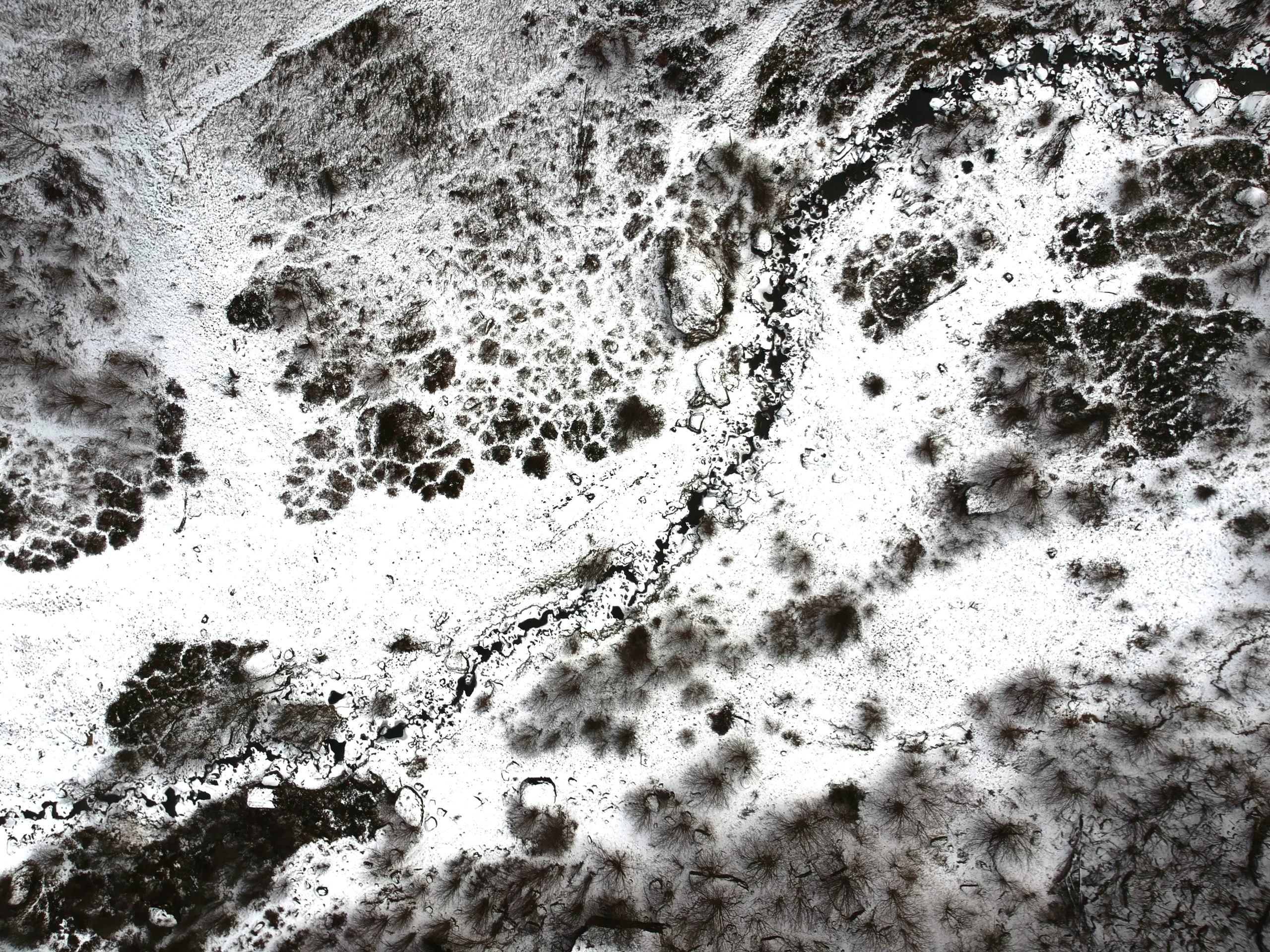Podcast: Play in new window | Download | Embed
Michael Rubino studied marketing and business at college, but ended up back home working for his family business. Michael’s father was involved with a lot of fire restoration work, some of which came from insurance claims to do with the damage caused by all the water used to fight fires. He saw first hand, the effects of mould on buildings and their inhabitants. He also noticed that insurance rarely covers the cost of full remediation.
When it comes to mould, bleaching and washing away what’s visible on the surface doesn’t fix the problem.
Mould is a Health Issue
Hurricane Sandy decimated homes in the North East of the US. Responding to the huge amount of remediation work caused by this event, Michael also noticed more and more people getting sick. Up until then, Michael thought of mould as being unsightly. But he started to connect the dots and see the correlation between mould in homes, and health issues.
Seven years later, Michael started writing his book, The Mold Medic based on his experience and some of the science of air quality, mould and health.
Air quality has not been high on the agenda for health and wellness until recently. But “we take 20,000 breaths every day”, says Michael. “That’s a lot of air”. Just as what we eat and drink effects our health, so does what we breathe.
It’s not so much the mould you can see every day that’s the problem, but visible mould is a good indication that there’s likely to be mould growing elsewhere, such as inside the walls, under the floor, at the back of cupboards and in the roof cavity. If there’s mould growing in any part of the house, there’s a chance that spores can find their way into the conditioned space and into the air we breathe. This is why it’s important to get someone with expertise and knowledge of building science involved in building projects alongside designers who might otherwise just be dealing with aesthetics.
It’s All Relative – To Moisure
Mould can flourish with as little as 60% relative humidity. This is a problem for those of us who like to live near the water (nearly all of Australia and New Zealand, and most costal cities across the US). Controlling humidity is therefore imperative for a healthy home.
Mould is a fairly general term we use to describe over 100,000 species of fungus, explains Michael. Within this, there are some moulds that we make use of (think everything from blue cheese to beer and sourdough) but there are also allergenic species that can produce toxins. When we design and build well, we can control our indoor conditions so we minimise or even eliminate the growth of the moulds that we definitely don’t want in our homes.
Tips for a healthy home
Here are some other tips that Michael shares for a healthy home:
- Air purifiers. Some purifers have filters small enough to track viruses, which are really really small. If a filter is protecting against virus, it’s going to be good for other contaminants like bacteria too.
- keep shoes outside. The soles of our shoes can carry all sorts of fertilisers and chemicals. It’s best to keep these outside.
- Avoid toxic cleaning chemicals. There are plenty of effective plant based and natural cleaning products available now.
- Clean your carpets with a good HEPA vacuum.
Building Codes and Standards
A common thread for Home Style Green and reiterated by Michael’s experience is that building codes around the world are not adequate. And where provisions do exist in jurisdictions, for design items like vapour control and airtightness, local authorities cannot always be relied upon for quality control and system checks. There is great value in having an independent consultant such as a Passive House expert, a building scientist or even just an air permeability tester involved with a project.
The Mold Medic
Michael’s book The Mold Medic is available worldwide on Amazon and the topics covered are applicable globally. He’s also expanding his team to help people deal with mould issues everywhere.

